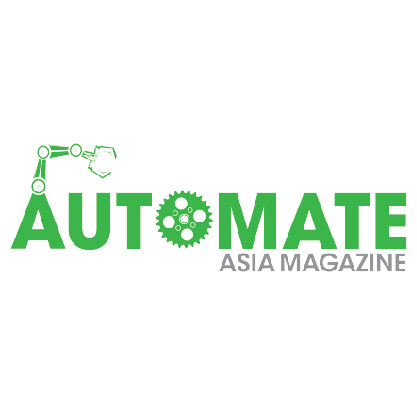An Interview with EU Automation
- Automate Asia Magazine

- Mar 16, 2021
- 3 min read

1. EU Automation specializes in supplying automation equipment parts to manufacturers across the world. Could you briefly introduce the company’s background, history and milestones?
Machines break down and downtime costs companies millions in lost revenue. Our mission is to supply manufacturers with the parts they need to keep their operations running, whether they need new, reconditioned or obsolete automation parts. We were founded in the UK in 2009 and have expanded rapidly since then to become a trusted supplier in 158 different countries.
We passed a major milestone last year when we passed the one million mark for number of parts sold. We have offices in the UK, the US, Germany and Singapore, along with a global network of partner suppliers which we are constantly looking to strengthen.
2. What is the prominent obstacle that the company has overcome since its establishment?
As an international business, our core focus has always been to provide our customers with reliable and industry leading service, wherever they happen to be in the world. This required the formation of a strong global supply chain standardised to a very high quality, consisting of several procedural checks and balances. By overcoming the initial obstacles created by building a complex and intricate network such as this, we are now able to provide as early as next day delivery to customers in any corner of the world.
3. How does the pandemic affect EU Automation’s business across Southeast Asia? What are the opportunities and threats that EU Automation faced?
Although 2020 was a challenging year for everyone, we are pleased to report that we have been able to continue supplying our customers throughout the pandemic. In fact, 2020 was a record-breaking year for us and we were able to create new jobs and boost sales despite the challenges. Our team grew by 14 per cent in 2020 and global operations have now expanded by 45 per cent in the past three years.
In terms of opportunities, the threats presented to global value chains in 2020 have encouraged many companies to diversify their suppliers. This presents an opportunity for companies like EU Automation to demonstrate what we can do.

4. Could you explain how machine learning algorithms help EU Automation in dealing with the customers’ needs?
Sourcing the right parts is always a challenge, especially given fluctuations in demand and supply. The research we do allows us to forecast demand with a surprising level of accuracy. As part of that, we have developed our bespoke software to help anticipate what our customers will need and when but unfortunately, I cannot reveal too much about it. The competition is fierce and we want to stay ahead of the chasing pack!
5. What type of solutions does EU Automation offer manufacturers for monitoring their factories during the pandemic when most staff have to work from home?
The Industrial Internet of Things (IIoT) and cloud computing have made remote conditioning monitoring (RCM) of industrial equipment possible. Sensors are attached to plant equipment to relay data, allowing engineers to monitor the condition of the equipment remotely. One solution we help with is retrofitting legacy equipment. Taking advantage of IIoT does not necessarily mean a costly overhaul of your facility. Instead, sensors can be retrofitted to existing legacy equipment.

6. What are the key manufacturing trends that stood up in 2020? Based on your view, what are the trends that will stay in 2021 and beyond?
Obsolescence management is always a key trend, because of the pace of technological evolution. In 2020 specifically, key trends included the increasing uptake of collaborative robots or cobots, particularly from smaller and medium sized enterprises, and the use of automation and digitalization to overcome the challenges of lockdowns and remote working. These trends will continue in 2021 and beyond and 5G will operate as a great enabler that facilitates the uptake of other technological changes.
7. What kind of revenues is EU Automation looking at? What is EU Automation’s growth strategy, say for the next 5 years in South East Asia?
EU Automation has strong projections for the next five years. We plan to leverage a wider market in South East Asia, as many more manufacturers begin to transition to Industry 4.0. As supply chains reconfigure, our partner suppliers across the region and our multi-lingual sales support team are ready to help manufacturers keep downtime to a minimum.






-01.jpg)


